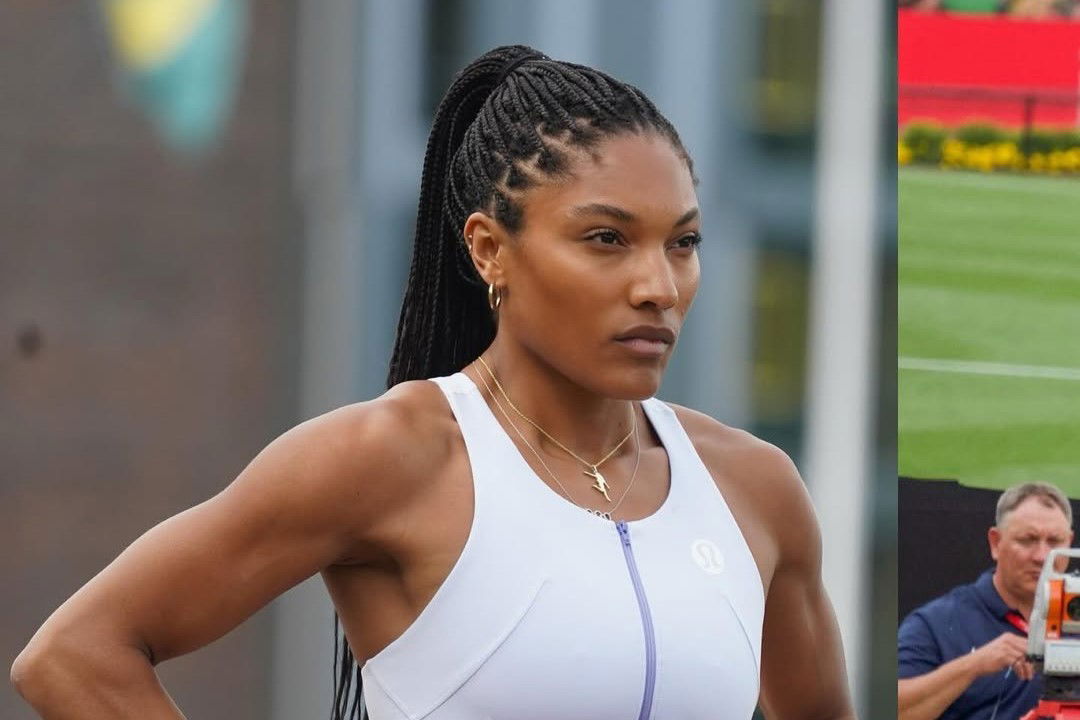
Imago
Credits: Instagram

Imago
Credits: Instagram
Day 1 of the 2025 USATF Outdoor Championships opened with several standout performances, but not without behind-the-scenes friction in Oregon summer. While Tara Davis-Woodhall claimed her third national long jump title, she also voiced concerns over how the event was run, pointing directly at USA Track & Field’s competition logistics.
Watch What’s Trending Now!
Davis-Woodhall’s concerns reflect a larger pattern. In June 2021, during the U.S. Olympic Track & Field Trials in Eugene, Oregon, a heatwave sent temperatures soaring to 111°F. USATF rescheduled several events, including the women’s 10,000m and the men’s 5000m, to earlier times for safety. But the women’s heptathlon was not moved, despite multiple athlete appeals. On June 27, top contender Taliyah Brooks collapsed during javelin warmups after showing signs of heat stress during the long jump. She was hospitalized and forced to withdraw, ending her Olympic bid.
Brooks later filed a lawsuit against USATF and the U.S. Olympic & Paralympic Committee in 2022, alleging negligence for continuing the event in unsafe conditions despite warnings from athletes, medical staff, and advisory board members. Internal communication records later revealed that USATF had been aware of the risk but failed to implement protocols to protect the athletes. That moment is part of the backdrop for Davis-Woodhall’s own experience on Thursday. After winning the long jump, she told Citius Mag:
ADVERTISEMENT
“The bigger the meet, the more complications there are.” She explained that athletes were brought into the call room far too early. “We were in the call room like way too early, and then we had 45 minutes outside, which we usually have 30 minutes,” she said. She had expected to be in the room at 5:15 p.m., but was brought in by 4:45. “So that was a lot of waiting around to the actual start of competition. That kind of like messes up your training, messes up your warm-up and whatnot. So by the third jump, I was like, I’ve been out here for two hours.”
In long jump, unlike in track events where an athlete may have rounds or heats, competitors have only six jumps to register their best mark. The first three jumps are especially crucial: if an athlete fouls all three, they’re eliminated from the final rounds. But despite all of that, she completely nailed it at the championships to claim her third national title. She entered the long jump final with two fouls, putting her on the brink of elimination. “I did it, though. So no complaints, no excuses. You show up at a championship and you compete like a champion.”, she said.
Getting back in round 3, she landed 6.92 m to stay alive. Claire Bryant responded in round 4 with 6.97 m, briefly taking the lead. But then she ran. She jumped, and she landed a wind‑legal 7.11 m, retaking control with the world‑leading jump for 2025. In round 5, she sealed her victory with a 7.12 m leap, and also made it her second-best record from the 7.18 meters (23 ft 6 1/2 in), achieved indoors in Albuquerque in 2024.
ADVERTISEMENT
Now, Davis-Woodhall will lead the U.S. women’s long jump team into the World Championships this September in Tokyo, alongside world indoor champion Claire Bryant and Tokyo Olympian Quanesha Burks.
ADVERTISEMENT
ADVERTISEMENT
ADVERTISEMENT

